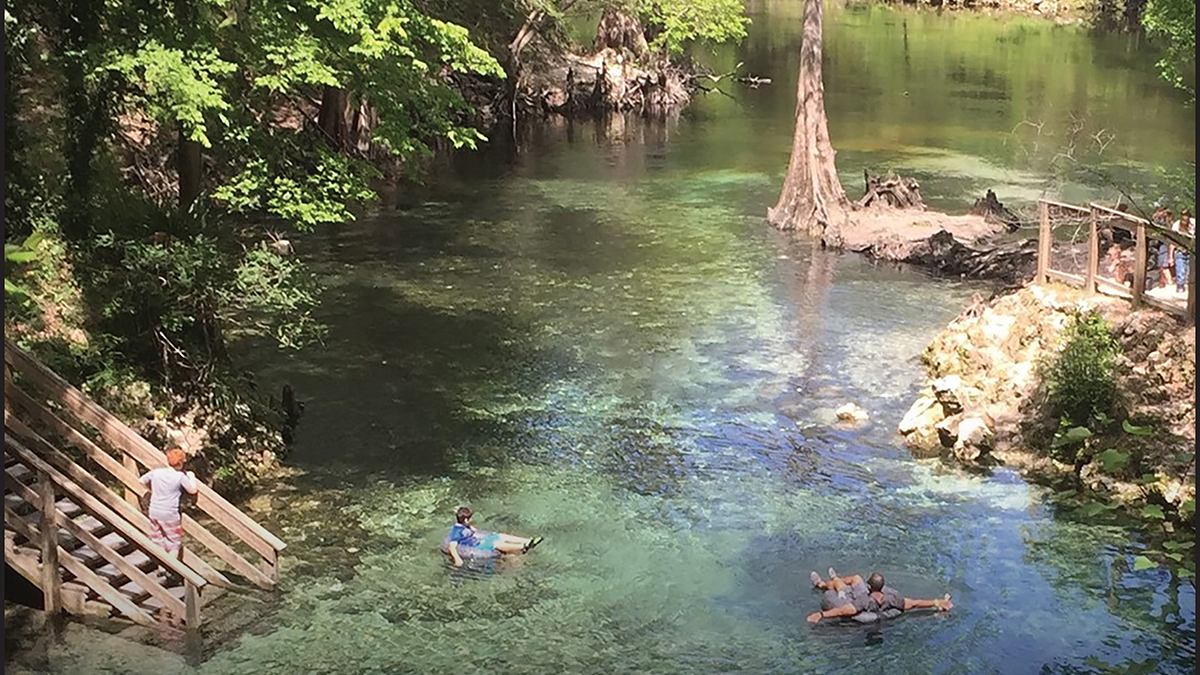Editors’ Vox is a blog from AGU’s Publications Department.
The quality and quantity of springs around the world have been declining over recent decades, largely due to human activities and climate change. A new book in AGU’s Geophysical Monograph Series, Threats to Springs in a Changing World: Science and Policies for Protection, presents a range of international studies illustrating the causes of spring degradation, as well as efforts to preserve, protect, and restore them. We asked the book’s editors why springs are valued and valuable, and about strategies being used to safeguard springs both now and for the future.
In simple terms, what are springs and where are they found?
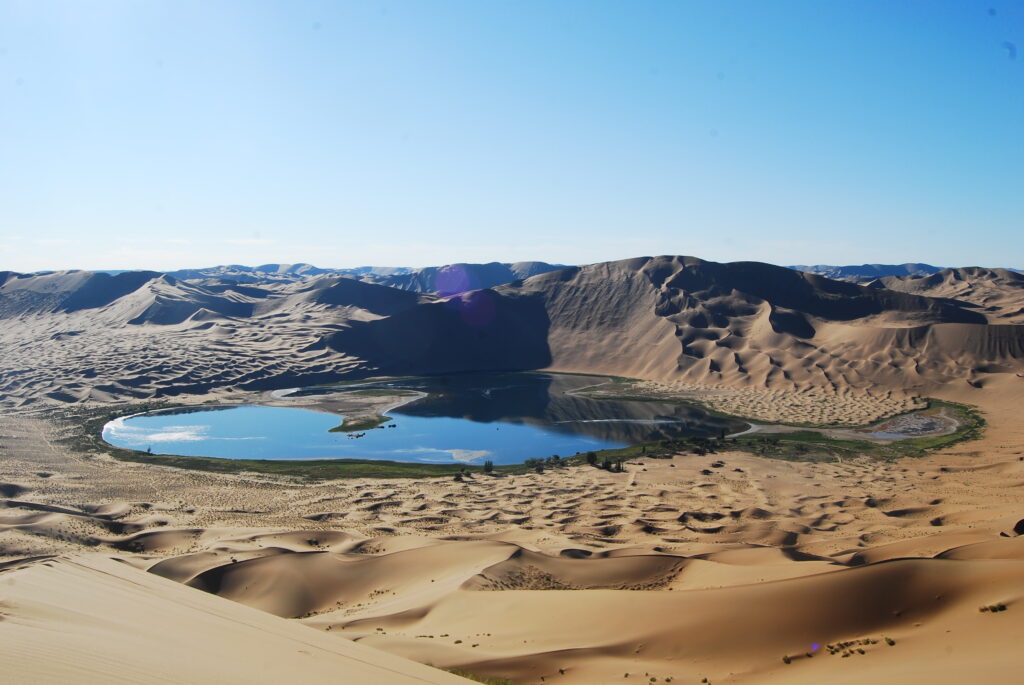
Springs are special places where underground water flows naturally to the land surface. They occur all over the world and often sustain the headwaters of streams, and wetlands within low-lying areas of the landscape. Spring commonly occur in places where caves and fractures have formed in carbonate rocks such as limestone, above structures such as faults, or at contact zones between different rock types. Such geological features create pathways for groundwater to reach the surface.
How are springs and spring water used and what value do they hold for humanity?
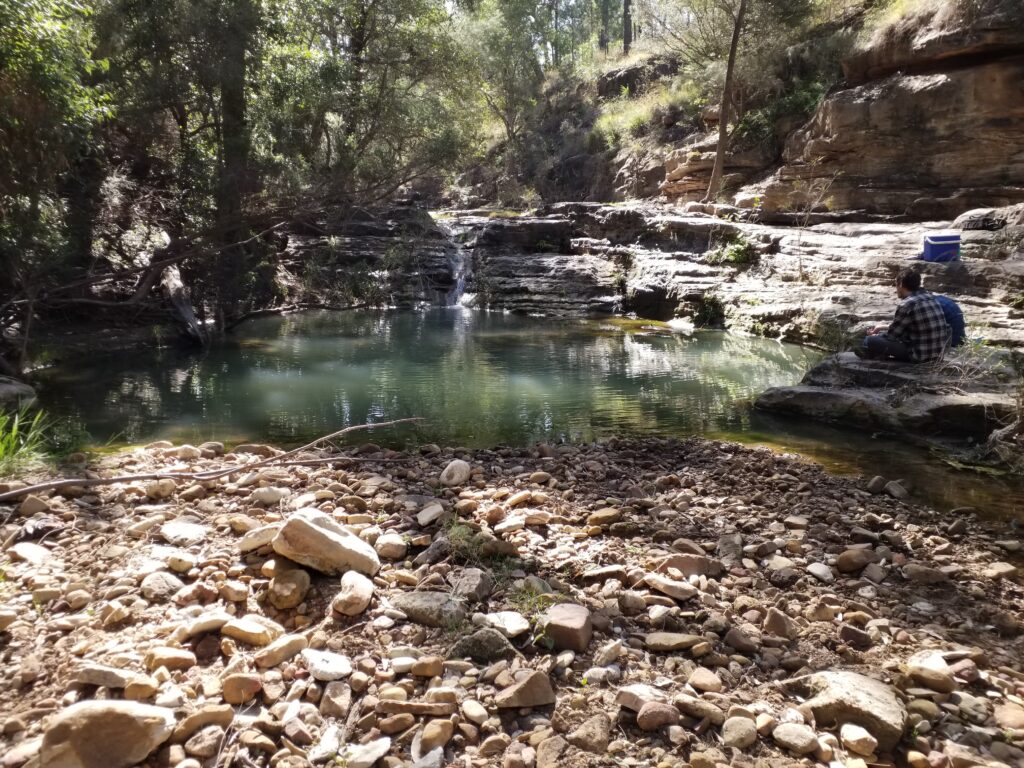
Springs have provided reliable water for human societies and ecosystems since long before written records began. They have played critical roles in the world’s Indigenous cultures since time immemorial (over thousands of years), serving as reliable water sources, places of healing, and sites of ceremony and religious significance. The importance of springs is recorded in songs, artworks and stories preserved and passed down to the present.
Spring waters – including mineral waters – are used for drinking, bathing, and growing food all over the world, and many cities in dry parts of the world rely on water from springs to supply the populace. Springs also sustain rare species of plants and animals that often occur nowhere else on earth.
What type of threats are currently impacting springs?
The biggest threats to springs are the over-extraction of groundwater from wells, and the release of pollutants above and below the land.

Over-pumping of groundwater mostly occurs to supply irrigation water, but also for mining, oil and gas extraction.
Major pollutants that damage springs include nutrients like nitrogen, and other chemicals used in intensive agriculture.
Hydrocarbons, heavy metals, pesticides, and ‘emerging’ contaminants (such as pharmaceuticals) also contaminate groundwater in many areas, and this ultimately threatens the springs that these groundwaters sustain.
It’s also important to mention climate change, which can impact the timing and amounts of water flowing to springs and increase the demands to pump groundwater at higher rates.
Why is it critical for us to implement change now?
Springs and their unique waters and ecosystems are extremely vulnerable to degradation, through over-extraction and pollution of groundwater.
Once the water from springs stop flowing or become polluted and the unique spring ecosystem damaged, it can be very difficult or impossible to restore them. This is not widely understood or acknowledged by many people, so wider awareness of the value of springs and threats to them is critically important.
The water flowing through aquifers moves slowly and may take hundreds or thousands of years to reach a spring. Therefore, polluting, or depleting groundwater now can have long-lasting impacts and ‘lock in’ extensive damage to springs that will be felt by future generations.
What strategies and policies are being used to safeguard springs and ensure they are here in the future?
Community organizations, Indigenous peoples, concerned scientists and pro-active governments are taking actions to protect springs and ensure they and their values are not lost to future generations.
Spring conservation groups are collecting data on pollution and water use by intensive industries and highlighting the threats these pose to springs.
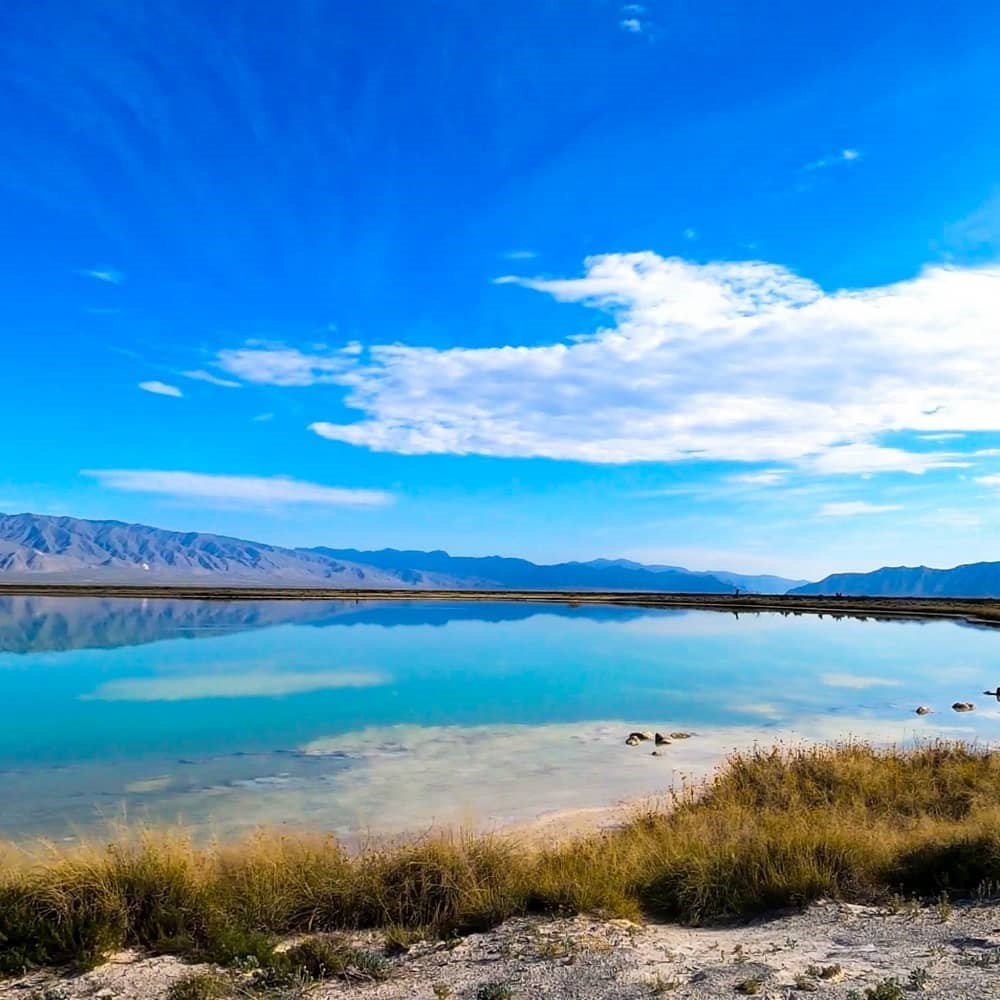
Indigenous peoples are fighting to protect springs from activities such as mining and irrigation. There are examples of them occupying the land, telling the stories of their ancestors, and bringing the issues to the attention of the international community.
Pro-active government water management agencies around the world are collecting monitoring data on the health of springs and aquifers and designing and implementing rules to prevent over-extraction of groundwater and over-use of chemicals that pollute springs.
Non-government organizations are working with remote communities to provide technical support and advice that helps these people protect springs from pollution by livestock, farming, and unsafe sanitation and waste disposal.
What are some of the case studies that you present in the book and how do they provide hope and inspiration?
The book includes case studies from around the world, where scientists, water managers and community organizations have identified threats to springs and are taking steps to protect them through science and policy.
The book documents work by the Florida Springs Institute to understand how the world’s largest system of karst springs (formed in limestone rock) is being degraded, and how the Institute presents this information in accessible ways, building community awareness and support to protect them.
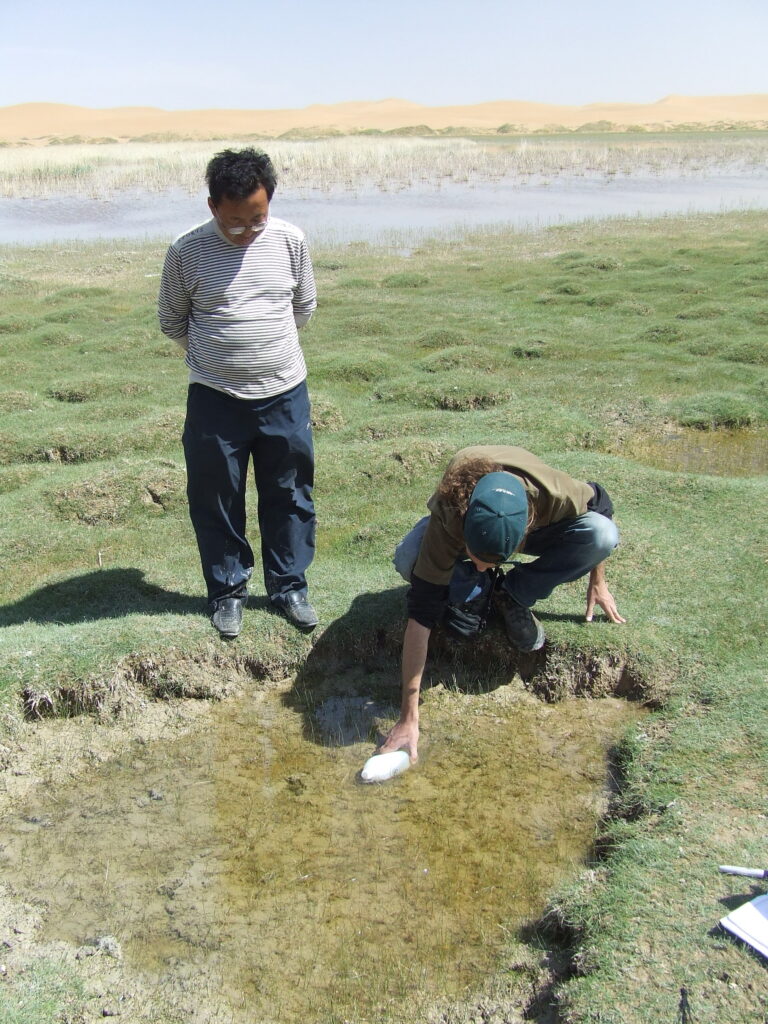
Also featured in the book is work by Permatil, a non-governmental organization in Timor-Leste, that focuses on building community capacity to keep spring-fed drinking water sources flowing and safe from bacteria and nutrient pollution.
Other chapters describe the threats to Australia’s unique Great Artesian Basin mound springs from water extraction for mining, and the actions being taken by water managers to monitor and protect them.
Also highlighted in the book is the work of scientists in the Mediterranean, Europe, and Asia, who are using tracer chemicals to better understand sources of water and pollution to springs and the timescales and pathways of water flow to them.
What suggestions can you give to a non-specialist on how to get involved in efforts to preserve, protect, and restore springs?
Water sustains life on our planet. Keeping springs flowing and their waters clean is important for everyone on Earth, and everyone can and should get involved. Here are some ideas.
Track down and contact your local conservation group and ask them about how you can help protect springs and other waterways in your area.
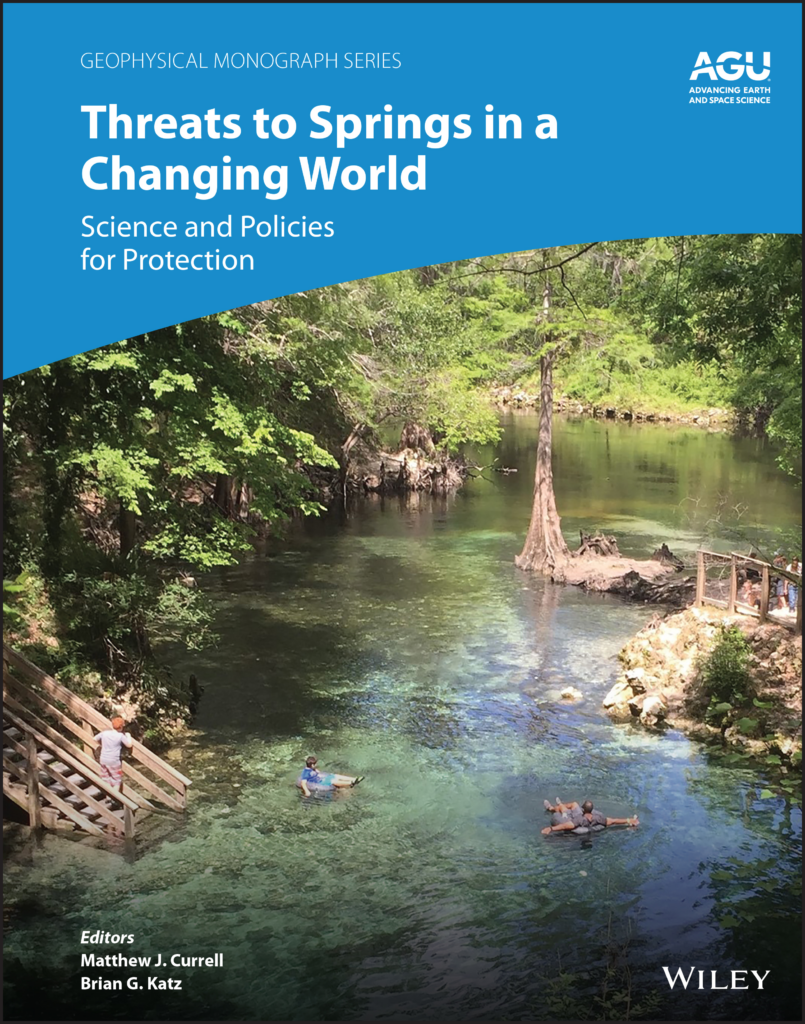
Listen and learn from Indigenous people about the springs and other waters that sustain the landscape and their culture.
Talk to your local politician about the importance of clean water and healthy, flowing springs.
Look up the water scientists who work at a local university or water management agency and talk to them about their work and how you can get involved.
Support the work of non-governmental organizations (NGOs) who are helping communities to improve and protect the resilience of their water supplies against drought, climate change and pollution.
Threats to Springs in a Changing World: Science and Policies for Protection, 2022. ISBN: 978-1-119-81859-5. List price: $175.00 (hardcover), $140.00 (e-book)
Chapter 1 is freely available. Visit the book’s page on Wiley.com and click on “Read an Excerpt” below the cover image.
Find out more about this book in this short video.
—Matthew J. Currell ([email protected]; ![]() 0000-0003-0210-800X), Royal Melbourne Institute of Technology, Australia; and Brian G. Katz ([email protected]), Environmental Consultant, North Carolina, USA
0000-0003-0210-800X), Royal Melbourne Institute of Technology, Australia; and Brian G. Katz ([email protected]), Environmental Consultant, North Carolina, USA
Editor’s Note: It is the policy of AGU Publications to invite the authors or editors of newly published books to write a summary for Eos Editors’ Vox.

